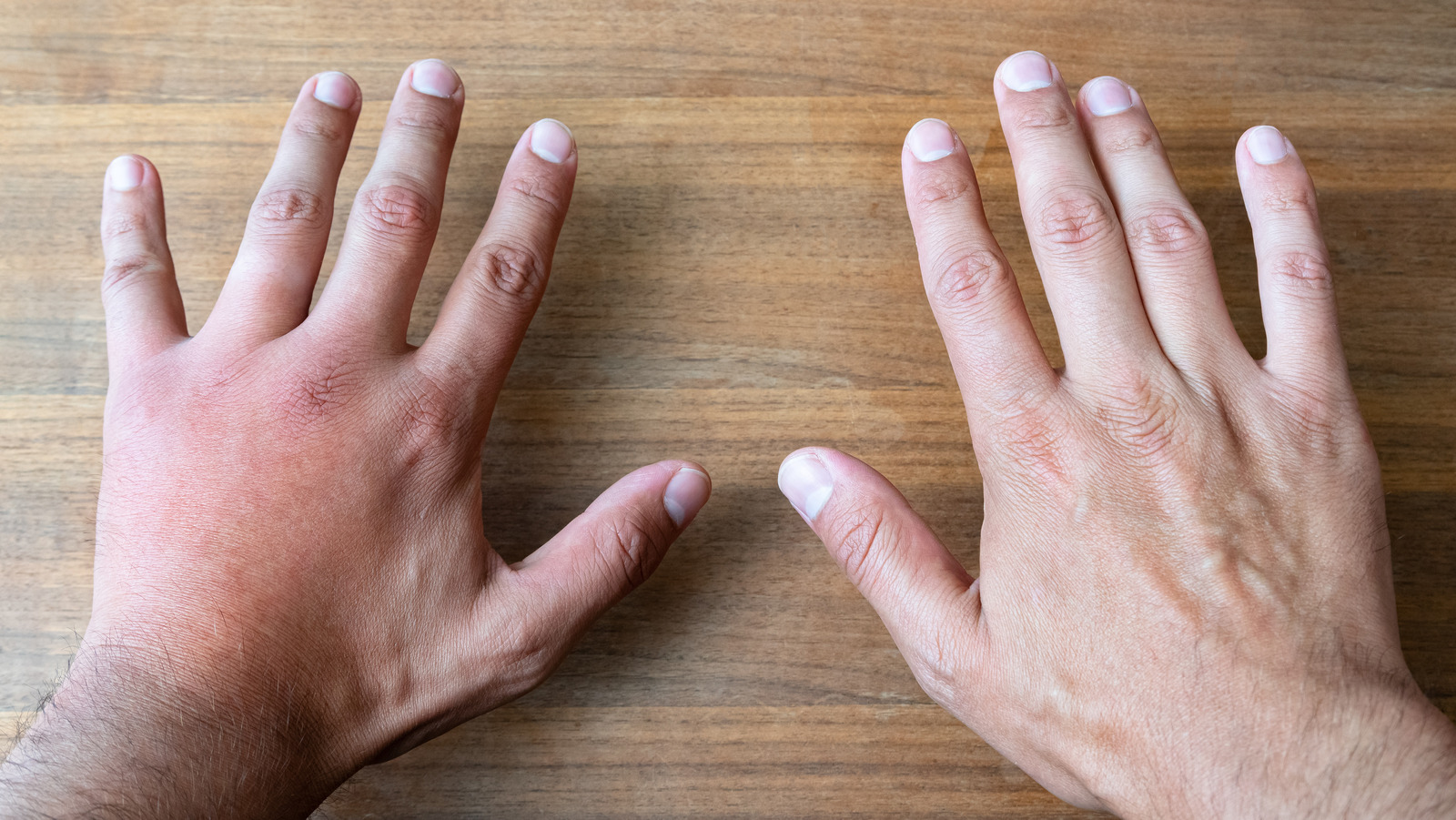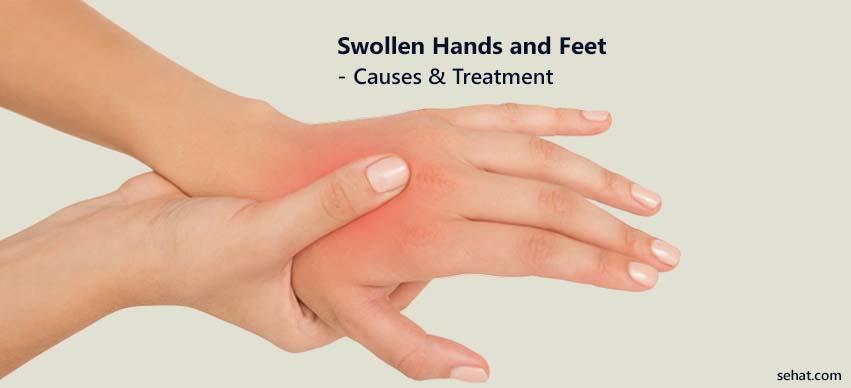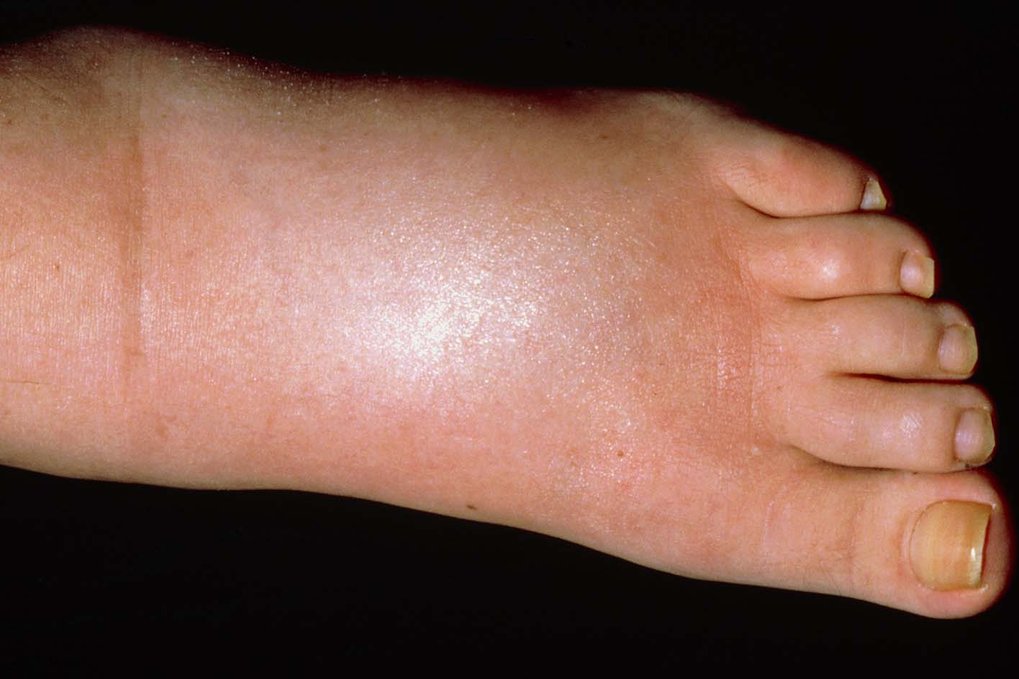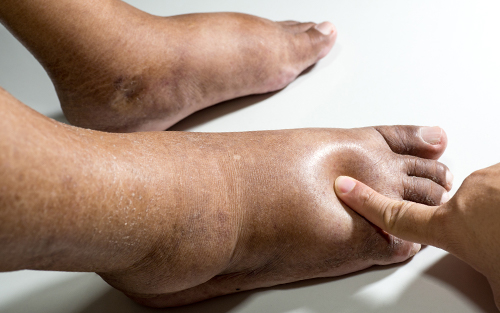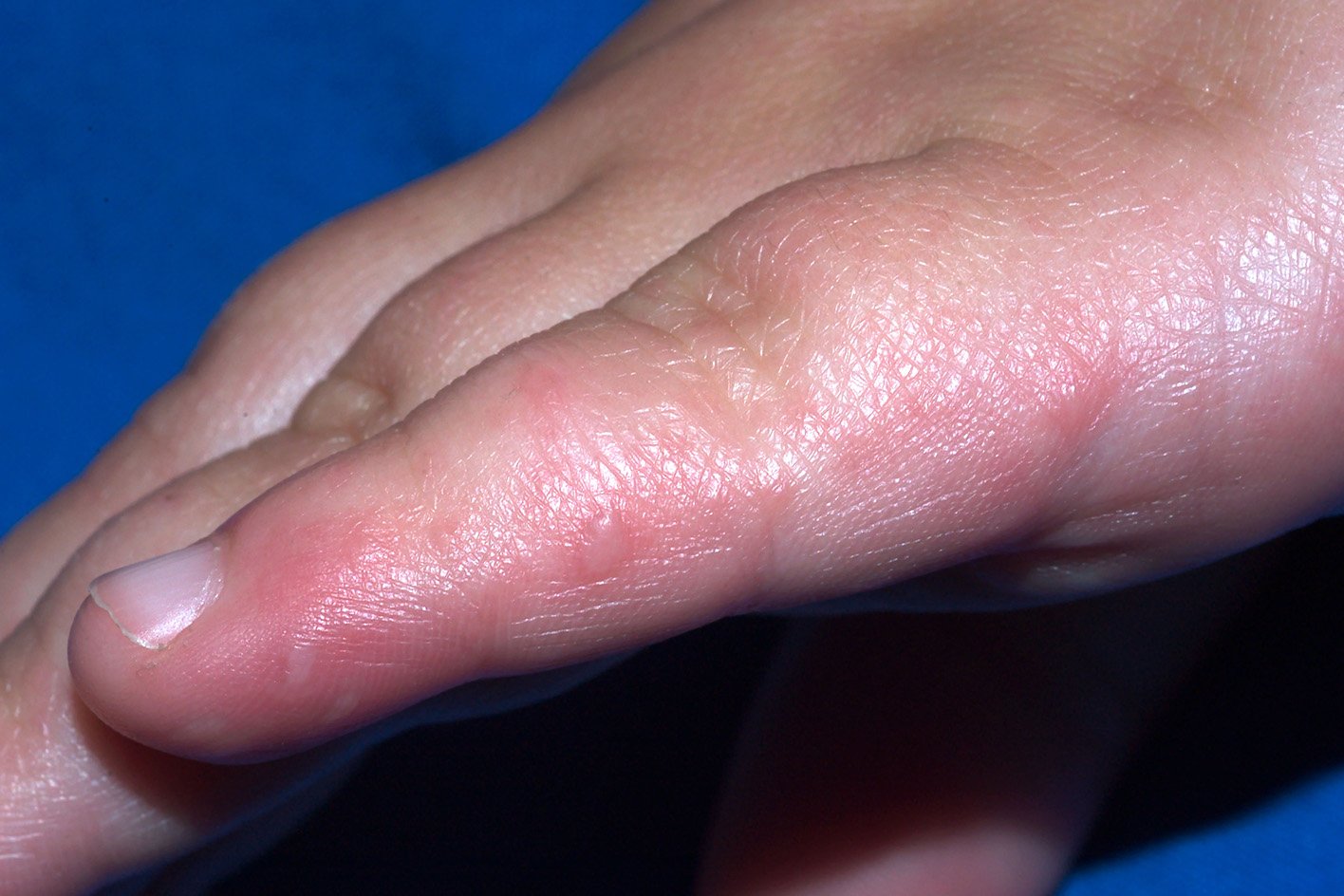Nocturnal Hand and Foot Swelling: An Overview
Nocturnal hand and foot swelling, or swelling that occurs during the night, is a common phenomenon experienced by many individuals. While it may seem harmless, understanding its underlying causes is essential to ensure proper diagnosis and treatment of any underlying conditions. This guide aims to provide a comprehensive overview of nocturnal hand and foot swelling, its prevalence, and why it’s crucial to understand its potential causes.
Identifying the Causes: Why Do Hands and Feet Swell Up At Night?
Nocturnal hand and foot swelling can be attributed to various factors, including fluid retention, medical conditions, and lifestyle habits. Understanding these causes is crucial for addressing the issue effectively and preventing potential complications. This section will discuss the primary factors contributing to nighttime hand and foot swelling and their implications.
Firstly, fluid retention, or edema, is a common cause of nocturnal hand and foot swelling. Gravity plays a significant role in this process, as fluids tend to accumulate in the lower extremities when lying down for extended periods. Additionally, impaired circulation and kidney function can contribute to fluid buildup, leading to swelling in the hands and feet.
Medical conditions, such as heart disease, diabetes, and arthritis, can also cause nocturnal hand and foot swelling. For instance, heart failure can result in fluid accumulation due to the heart’s inability to pump blood efficiently. Similarly, diabetes-related neuropathy can impair circulation, leading to swelling. Arthritis, particularly inflammatory types like rheumatoid arthritis, can cause swelling due to joint inflammation.
Lastly, lifestyle habits, such as sedentary behavior, poor diet, and alcohol consumption, can exacerbate nocturnal hand and foot swelling. Sitting or standing for prolonged periods can hinder circulation, leading to fluid buildup in the extremities. Consuming a diet high in sodium can also contribute to fluid retention, as sodium regulates water balance in the body. Excessive alcohol consumption can cause dehydration, prompting the body to retain water and result in swelling.
Fluid Retention: A Common Culprit Behind Nighttime Swelling
Fluid retention, or edema, is a prevalent cause of nocturnal hand and foot swelling. This phenomenon can be attributed to the role of gravity, circulation, and kidney function. Understanding how these factors contribute to fluid buildup can help individuals address the issue more effectively and prevent potential complications.
Gravity plays a significant role in fluid retention, as fluids tend to accumulate in the lower extremities when lying down for extended periods. This is because the force of gravity pulls fluids downwards, causing them to settle in the hands and feet. As a result, individuals may notice increased swelling in these areas upon waking up in the morning.
Circulation is another crucial factor in fluid retention. The heart is responsible for pumping blood throughout the body, and any disruption in this process can lead to fluid buildup. Conditions such as heart failure, deep vein thrombosis, or varicose veins can impair circulation, causing fluids to accumulate in the hands and feet. Additionally, sedentary behavior can also hinder circulation, as prolonged periods of sitting or standing can result in fluid buildup in the extremities.
Kidney function is closely linked to fluid balance in the body. The kidneys are responsible for filtering waste and excess fluids from the blood, which are then excreted as urine. When kidney function is impaired, the body may retain more fluids, leading to swelling in the hands and feet. Conditions such as chronic kidney disease or acute kidney injury can affect kidney function and contribute to nocturnal hand and foot swelling.
Medical Conditions Associated with Nocturnal Swelling
Certain medical conditions can contribute to nocturnal hand and foot swelling. Identifying these conditions and understanding their symptoms and diagnostic methods is crucial for effective treatment and management. This section will explore the link between medical conditions like heart disease, diabetes, and arthritis and nighttime hand and foot swelling.
Heart Disease
Heart disease, particularly heart failure, can result in nocturnal hand and foot swelling due to the heart’s inability to pump blood efficiently. This impairment causes fluid to accumulate in the body, often settling in the hands and feet. Symptoms of heart disease may include shortness of breath, fatigue, and irregular heartbeat. Diagnostic methods for heart disease typically involve electrocardiograms (ECGs), stress tests, and echocardiograms.
Diabetes
Diabetes, a metabolic disorder characterized by high blood sugar levels, can also contribute to nocturnal hand and foot swelling. Diabetes-related neuropathy, or nerve damage, can impair circulation, leading to swelling in the extremities. Symptoms of diabetes may include increased thirst, frequent urination, and slow-healing wounds. Diagnostic methods for diabetes often involve fasting blood sugar tests, oral glucose tolerance tests, and hemoglobin A1C tests.
Arthritis
Arthritis, a condition that causes inflammation and pain in the joints, can also lead to nocturnal hand and foot swelling. Inflammatory types of arthritis, such as rheumatoid arthritis, can cause swelling due to joint inflammation. Symptoms of arthritis may include joint pain, stiffness, and reduced range of motion. Diagnostic methods for arthritis often involve blood tests, imaging tests, and joint aspiration.
Lifestyle Habits Influencing Swelling
Certain lifestyle habits can exacerbate nocturnal hand and foot swelling. By understanding these factors, individuals can make informed decisions to reduce swelling and improve their overall health. This section will identify lifestyle habits that can contribute to nocturnal hand and foot swelling, such as sedentary behavior, poor diet, and alcohol consumption.
Sedentary Behavior
Prolonged periods of sitting or standing can hinder circulation, leading to fluid buildup in the extremities and resulting in nocturnal hand and foot swelling. To mitigate this issue, individuals should aim to incorporate regular physical activity into their daily routine, take frequent breaks to stretch and move around, and consider elevating their legs while sitting to promote circulation.
Poor Diet
A diet high in sodium can contribute to fluid retention, leading to swelling in the hands and feet. Consuming processed foods, canned goods, and salty snacks can increase sodium intake, exacerbating nocturnal hand and foot swelling. To reduce swelling, individuals should focus on consuming a balanced diet rich in fruits, vegetables, lean proteins, and whole grains, while limiting their sodium intake.
Alcohol Consumption
Excessive alcohol consumption can cause dehydration, prompting the body to retain water and result in swelling. Additionally, alcohol can interfere with kidney function, further contributing to fluid retention. To minimize nocturnal hand and foot swelling, individuals should limit their alcohol intake and ensure proper hydration by drinking plenty of water throughout the day.
How to Minimize Nocturnal Hand and Foot Swelling: Practical Tips
Nocturnal hand and foot swelling can be managed with practical tips and lifestyle changes. By incorporating these strategies, individuals can reduce swelling and improve their overall quality of life. This section will offer practical tips to minimize nocturnal hand and foot swelling, including elevating the legs, wearing compression socks, and maintaining a healthy diet.
Elevate the Legs
Elevating the legs above the heart level can help reduce fluid buildup in the extremities. This simple technique uses gravity to promote circulation and alleviate swelling. Individuals should aim to elevate their legs for at least 20 to 30 minutes, three to four times a day, to experience noticeable improvements in nocturnal hand and foot swelling.
Wear Compression Socks
Compression socks apply gentle pressure to the legs and feet, promoting circulation and preventing fluid buildup. These specialized socks are available in various compression levels and can be worn during the day or at night, depending on individual needs. Consult a healthcare professional to determine the appropriate compression level and sock style for managing nocturnal hand and foot swelling.
Maintain a Healthy Diet
A balanced diet rich in fruits, vegetables, lean proteins, and whole grains can help reduce nocturnal hand and foot swelling. Consuming foods with anti-inflammatory properties, such as omega-3 fatty acids, can further alleviate swelling and improve overall health. Additionally, limiting sodium intake can help prevent fluid retention, a common cause of nocturnal hand and foot swelling.
When to Consult a Healthcare Professional
Understanding when to consult a healthcare professional regarding nocturnal hand and foot swelling is crucial for early intervention and diagnosis. While some cases of nocturnal hand and foot swelling can be managed with lifestyle changes, certain circumstances warrant professional medical attention. This section will describe the circumstances under which one should consult a healthcare professional regarding nocturnal hand and foot swelling.
Individuals should consult a healthcare professional if they experience sudden or severe swelling in the hands and feet, especially if it is accompanied by symptoms such as shortness of breath, chest pain, or irregular heartbeat. These symptoms may indicate an underlying medical condition, such as heart disease, that requires immediate attention. Additionally, individuals with a history of blood clots, varicose veins, or kidney issues should consult a healthcare professional if they notice changes in their swelling patterns.
Furthermore, individuals should seek medical advice if their nocturnal hand and foot swelling does not improve with lifestyle changes or if it interferes with their daily activities. A healthcare professional can help identify the underlying cause of the swelling and recommend appropriate treatment options. Early intervention and diagnosis can significantly improve the prognosis and overall quality of life for individuals dealing with nocturnal hand and foot swelling.
Living with Nocturnal Hand and Foot Swelling: Coping Strategies
Living with chronic nocturnal hand and foot swelling can be challenging, but individuals can adopt various coping strategies to maintain a positive attitude, seek support, and explore treatment options. This section will provide coping strategies for individuals dealing with chronic nocturnal hand and foot swelling.
Maintain a Positive Attitude
Maintaining a positive attitude can help individuals cope with the challenges of chronic nocturnal hand and foot swelling. Engaging in activities that bring joy, practicing gratitude, and focusing on personal strengths can help foster a positive mindset. Additionally, connecting with others who share similar experiences can provide a sense of community and support, further enhancing emotional well-being.
Seek Support
Seeking support from friends, family, and healthcare professionals is essential for managing chronic nocturnal hand and foot swelling. Discussing concerns and challenges with loved ones can help alleviate feelings of isolation and provide valuable emotional support. Furthermore, consulting with healthcare professionals can help individuals better understand their condition, explore treatment options, and develop effective coping strategies.
Explore Treatment Options
Exploring treatment options is crucial for managing chronic nocturnal hand and foot swelling. Depending on the underlying cause, various treatments, such as medication, physical therapy, or surgery, may be recommended. Working closely with healthcare professionals to develop a personalized treatment plan can help alleviate symptoms and improve overall quality of life.
In conclusion, living with chronic nocturnal hand and foot swelling can be challenging, but individuals can adopt various coping strategies to maintain a positive attitude, seek support, and explore treatment options. By focusing on emotional well-being, seeking support from loved ones and healthcare professionals, and exploring treatment options, individuals can effectively manage their condition and improve their overall quality of life.


